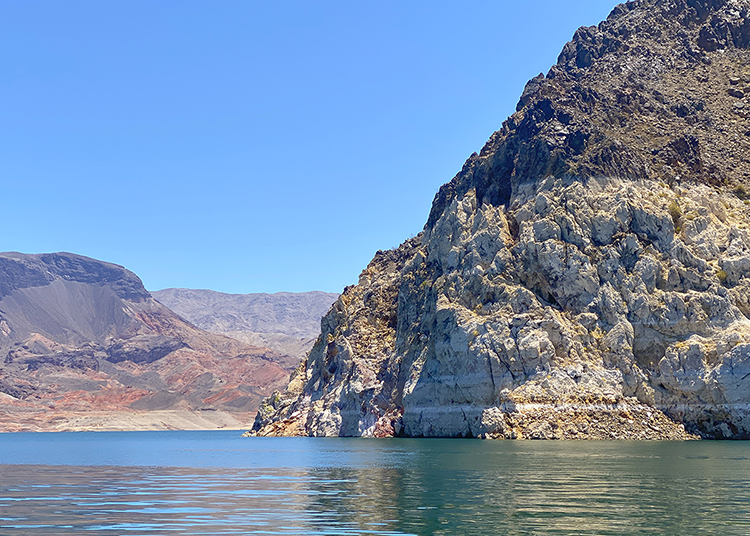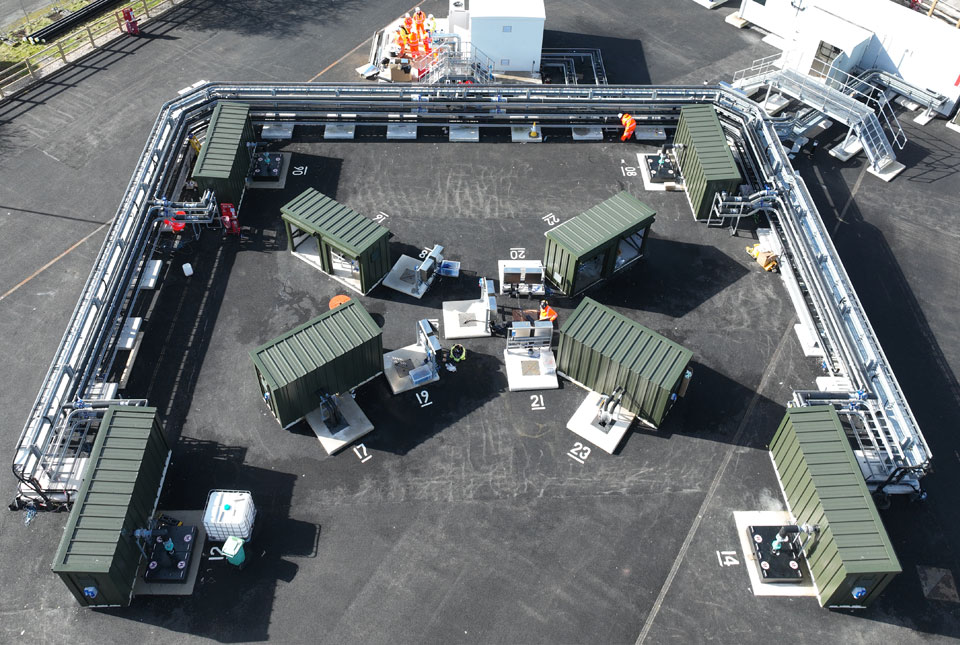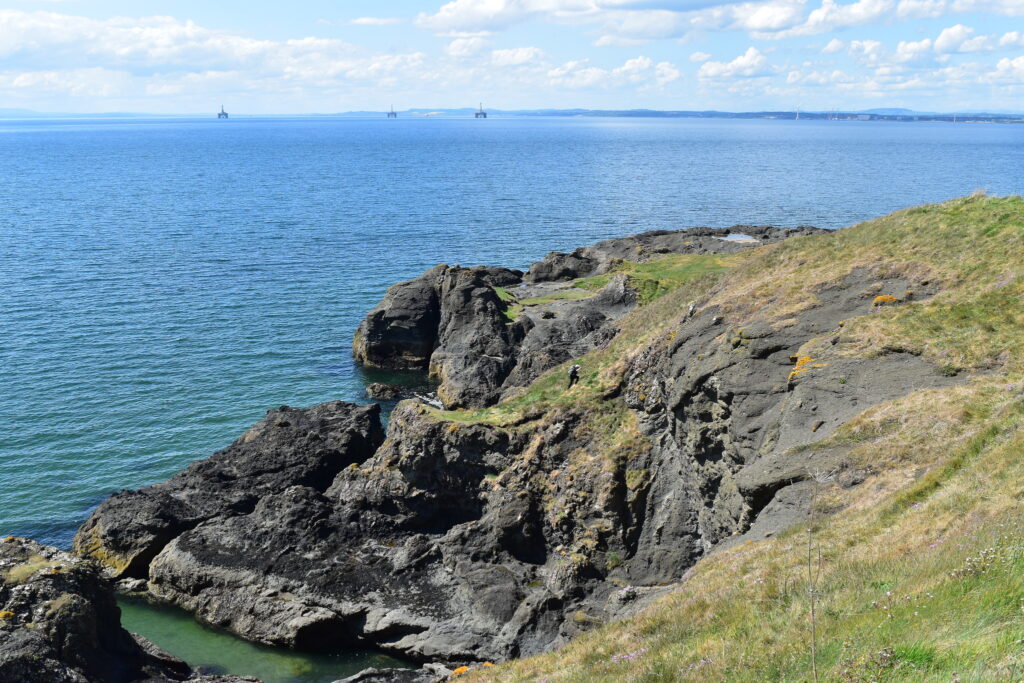
The Department of the Interior’s Bureau of Reclamation has released a draft Supplemental Environmental Impact Statement (SEIS) to potentially revise the interim operating guidelines for the near-term operation of Glen Canyon and Hoover dams in the face of continued potential for low runoff conditions and unprecedented water shortages in the Colorado River Basin.
The draft SEIS analyzes alternatives and measures to address potential shortages in the event that such measures are required to protect dam operations, system integrity and public health and safety in 2024 through 2026, after which the current operating guidelines expire. It also ensures Reclamation has the tools to protect continued water deliveries and hydropower production for the 40 million Americans who rely on the Colorado River.
Glen Canyon Dam impounds water for a 1,320 MW hydroelectric powerhouse and Hoover Dam’s associated powerhouse has a capacity of 2,078 MW.
“The Colorado River Basin provides water for more than 40 million Americans. It fuels hydropower resources in eight states, supports agriculture and agricultural communities across the West, and is a crucial resource for 30 Tribal Nations. Failure is not an option,” said Deputy Secretary Tommy Beaudreau. “Recognizing the severity of the worsening drought, the Biden-Harris administration is bringing every tool and every resource to bear through the President’s Investing in America agenda to protect the stability and sustainability of the Colorado River System now and into the future.”
The SEIS process was initiated in October 2022. The release of the draft follows months of discussions and collaborative work with the Basin states and water commissioners, the 30 Basin Tribes, water managers, farmers and irrigators, municipalities, and other stakeholders. The draft alternatives in the SEIS incorporate concepts from many models and proposals received during the scoping period, including from all seven Basin states.
The alternatives analyze measures that may be taken under Secretary of the Interior Deb Haaland’s authorities to protect system operations in the face of unprecedented hydrologic conditions, while providing equitable water allocations to Lower Basin communities that rely on the Colorado River System.
The draft SEIS includes proposed alternatives to revise the December 2007 Record of Decision associated with the Colorado River Interim Guidelines. The 2007 Interim Guidelines provide operating criteria for Lake Powell and Lake Mead. These include provisions designed to provide a greater degree of certainty to water users about timing and volumes of potential water delivery reductions for the Lower Basin States, as well as additional operating flexibility to conserve and store water in the system.
The three proposed alternatives are:
No Action Alternative, which describes the consequences of continued implementation of existing agreements that control operations of Glen Canyon Dam and Hoover Dam, including under further deteriorating hydrologic conditions and reservoir elevations.
Action Alternative 1, which models potential operational changes to Glen Canyon Dam and Hoover Dam. Action Alternative 1 includes modeling for reduced releases from Glen Canyon Dam, as well as an analysis of the effects of additional Lower Colorado River Basin shortages based predominately on the priority of water rights. It models progressively larger additional shortages as Lake Mead’s elevation declines and larger additional shortages in 2025 and 2026, as compared with 2024. The total shortage contributions in 2024, including those under existing agreements, are limited to 2.083 million-acre-feet because this is the maximum volume analyzed in the 2007 Interim Guidelines final environmental impact statement.
Action Alternative 2 is similar to Action Alternative 1. Where it differs is that it analyzes the effects of additional Lower Colorado River Basin reductions that are distributed in the same percentage across all Lower Basin water users under shortage conditions. While the 2007 Interim Guidelines and the 2019 Drought Contingency Plan encompass shortages and contributions that reflect the priority system, the incremental, additional shortages identified in Action Alternative 2 for the remainder of the interim period would be distributed in the same percentage across all Lower Basin water users.
The final SEIS is anticipated to be available with a Record of Decision in summer 2023. This document will inform the August 2023 decisions that will affect 2024 operations for Glen Canyon and Hoover dams.







